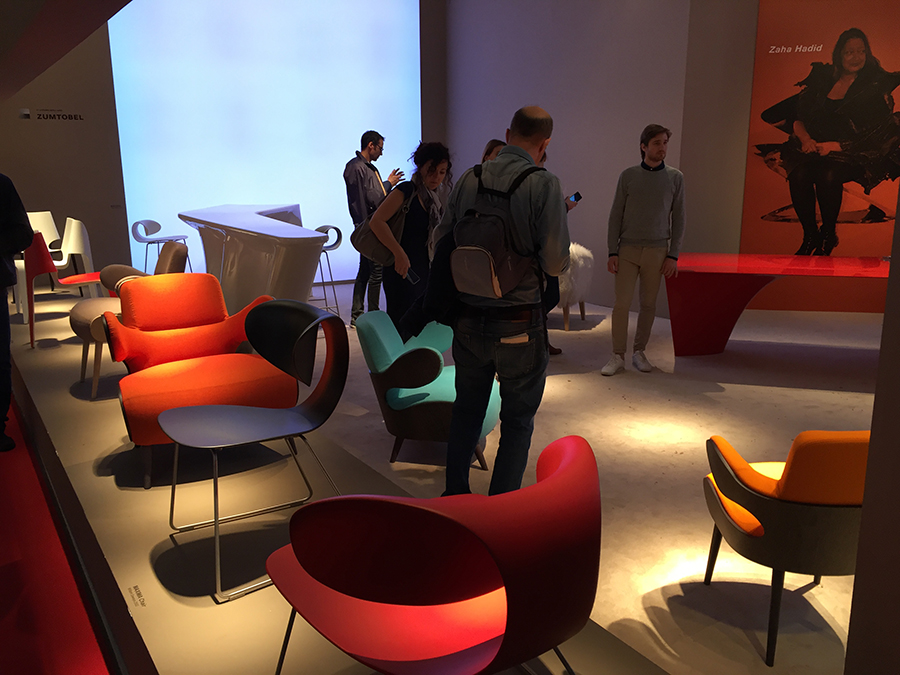Systematic professional color design has a decisive influence on the aesthetic perception and emotional impact, the quality of experience and the utility value of architecture. The two-day seminar provides practical knowledge and strategies for the application of color in architecture. Selected practical examples provide suggestions and show different design strategies for dealing with color in space.
Seminar contents
- Function of color in nature and culture
- Color perception, light and senses
- Color language and color effects
- Color strategies and application examples
Learning objectives
- Know the evolutionary functions of color in the natural environment and recognize their relevance for the design of the cultural environment
- Know the state of research on color perception relevant to practice and be able to establish references to design practice
- Know the effects of color on all other senses and be able to make application references
- Know the language of colors and be able to recognize and analyze the effects of colors on people’s experience and behavior
- Know the interactions of light and color and be able to establish application references
- be able to analyze the effects of atmospheres and establish application references
- Analyze and evaluate color strategies of modernity and be able to establish application references
- Know and be able to apply steps for designing a professional color concept
Methodology
- Lecture, exercise, discussion
Technical literature:
FARBE – Reference book DETAIL Practice 2014
Application of color systems in architecture – benefits and limitations, article in DETAIL 12/2016 – Color, material, surface
Registration
Organizer: RAL AKADEMIE (Bonn)
Contact: Farbseminare@RAL-AKADEMIE.de
Registration and further information: Link to the RAL Academy homepage



